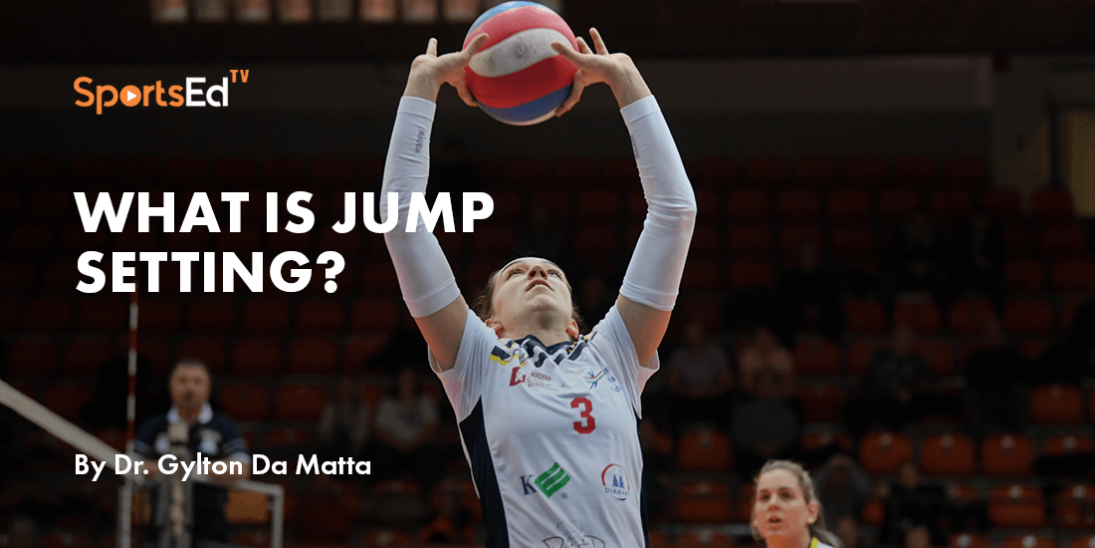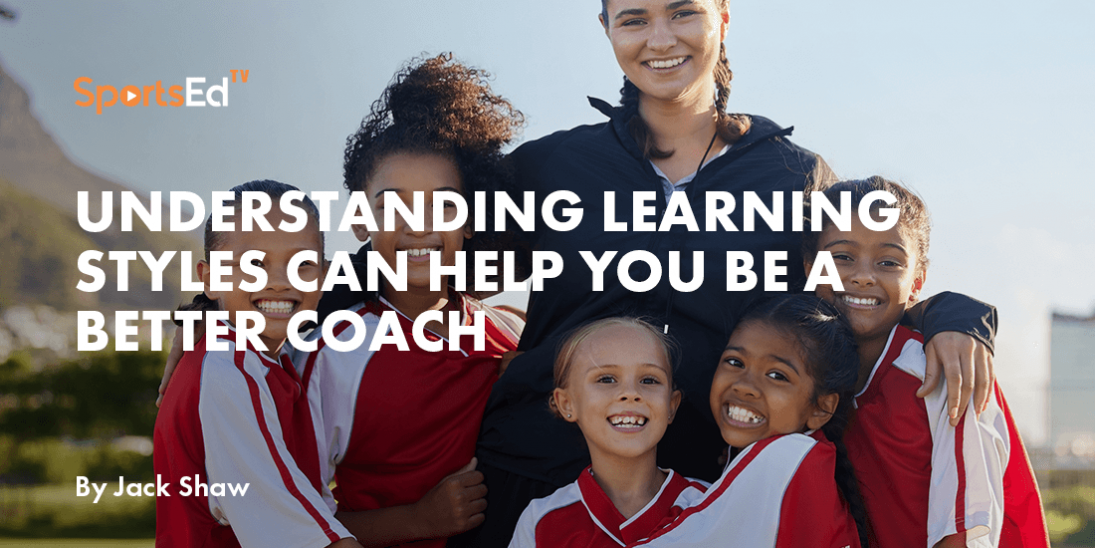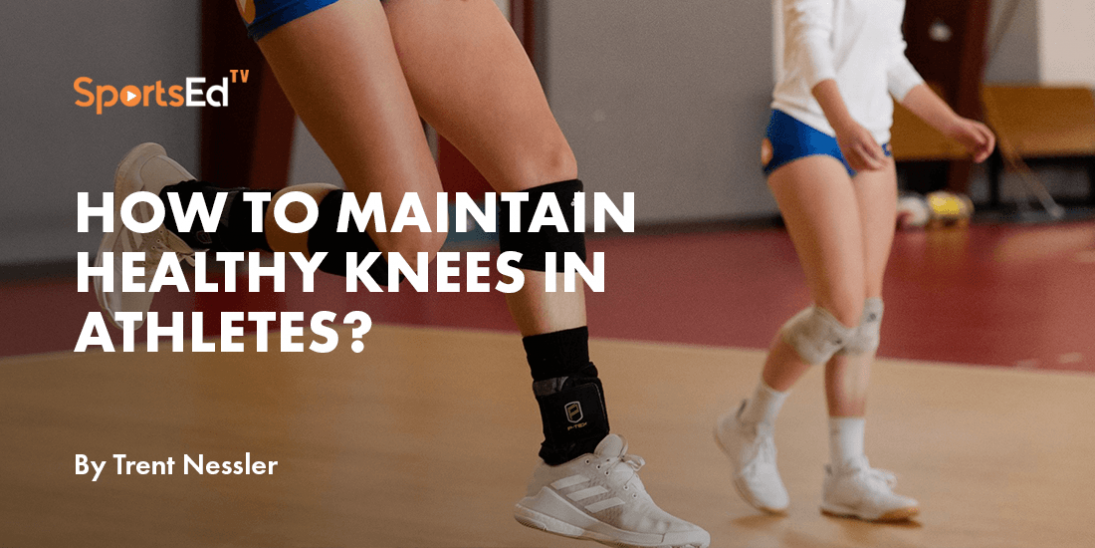Volleyball
Welcome and thanks for visiting...

5 Magic Keys in Volleyball Training
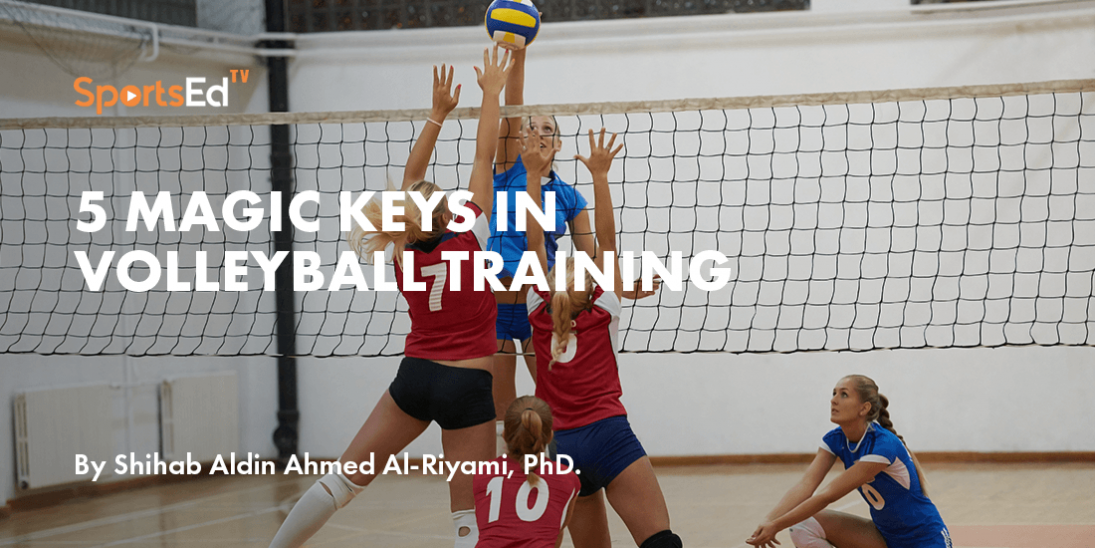
Volleyball is a widely beloved sport around the globe, recognized for its complex interplay of physical skills, technical strategies, and tactical dynamics. The sport exhibits a high degree of competitiveness and comprehensiveness. Success in modern volleyball hinges on various factors; primary among them are the coaching expertise, athletes' physical conditioning, technical skill, tactical preparedness, psychological readiness, and the quality of training methods employed. A notable characteristic of contemporary volleyball is the marked enhancement in training quality, accompanied by an increased emphasis on mental preparation for the team members, reflecting the sport's intense and ever-evolving nature.
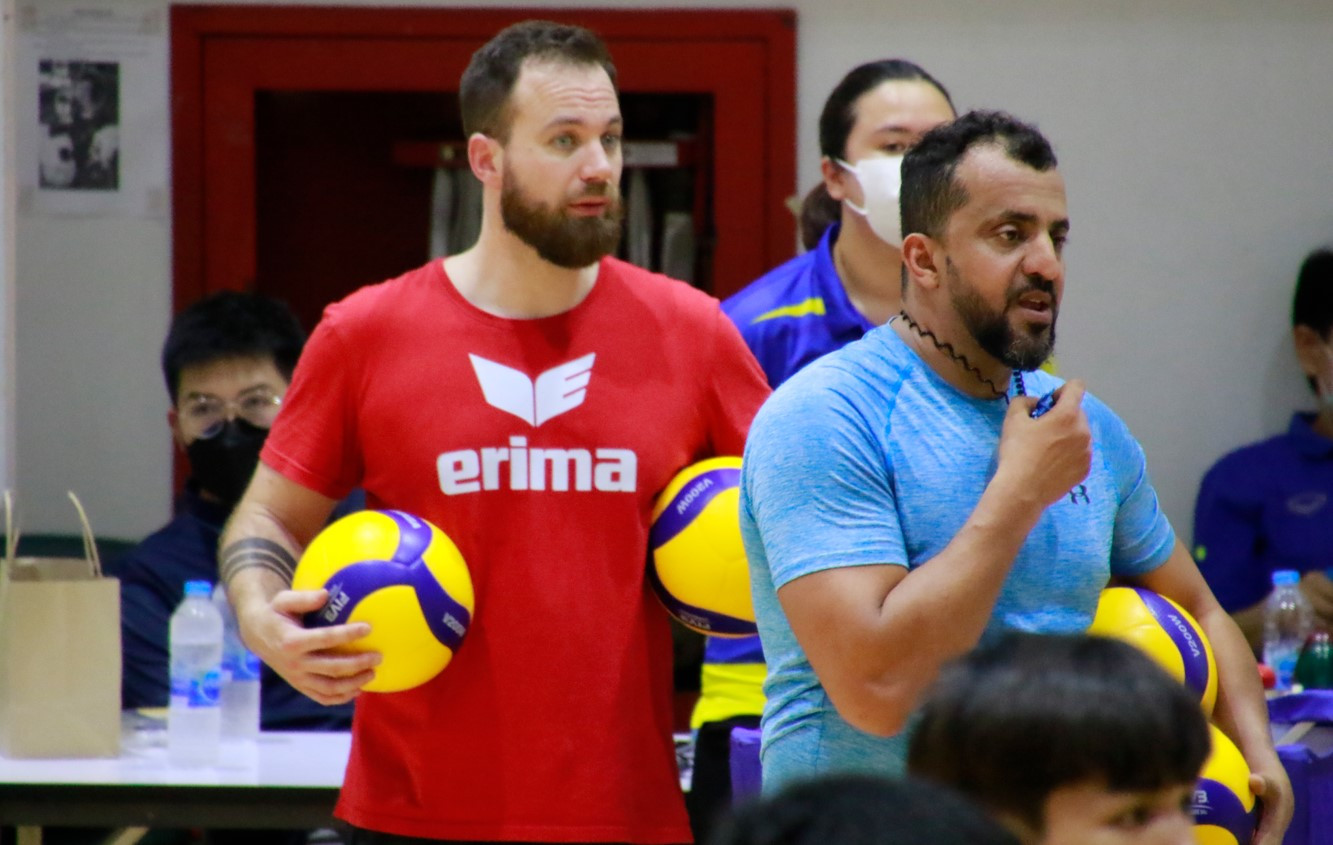
Quality of Training
Modern athletics demands constant exploration to discern numerous factors beneficial in managing sports training. Thus, recognizing the appropriateness of interrelationships between individual parameters of training load and the achieved training level is of paramount importance. Analyzing the workloads and progress dynamics of top-performing race walkers provides invaluable insights in this regard. These insights become a critical component of the strategies aimed at optimizing the training process and crafting model training solutions. The effectiveness of these strategies hinges primarily on four key factors: Training Intensity, Training Volume, Training Frequency, and Recovery.
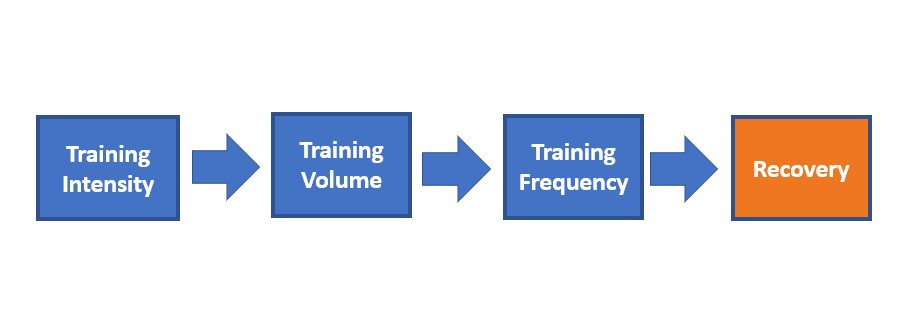
Team Culture
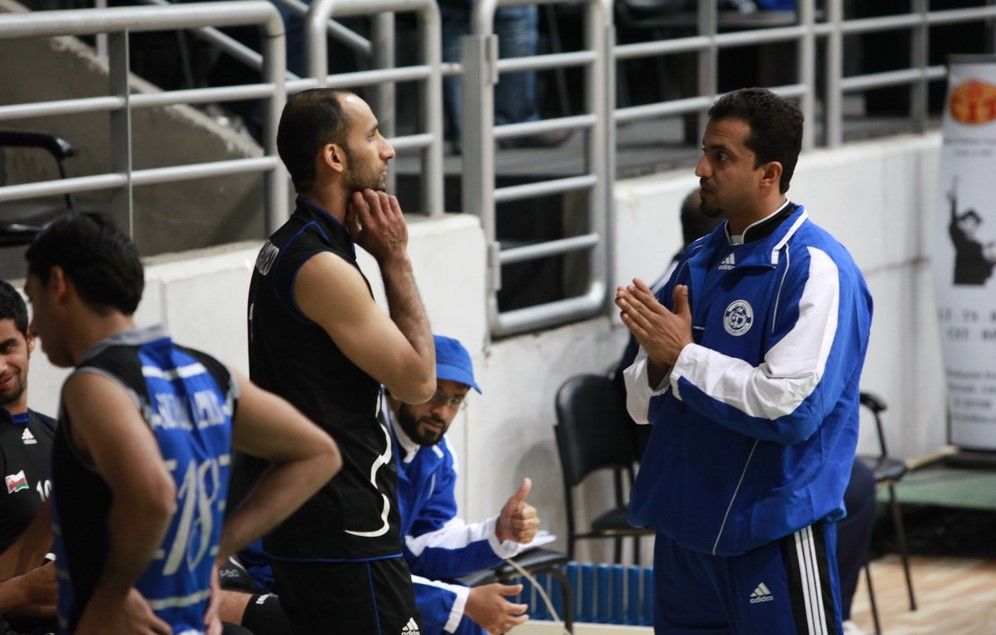
Creating a vibrant team culture that inspires athletes to eagerly participate in practices and games goes beyond maintaining a consistently positive demeanor. Team cultures are built over time and can significantly impact an athlete's performance, both within the season and beyond.
Foster a Unique, Engaging Team Culture
While most teams may not foster a negative culture, they often lack a genuinely positive one. Cultivating a unique and engaging team culture requires more than just conducting regular practices and ensuring team presence at games. It hinges on the quality of training and the athletes' full commitment.
Encourage Positive Communication and Ask the Right Questions
In my coaching experience, questioning and self-reflection have been integral to enhancing team performance. Considering the following questions can stimulate thoughtful discussions about team culture development:
How can we foster personal and team development?
How can we nurture the team's passion?
How can we make practices both challenging and enjoyable?
How can we create an inviting and enjoyable training environment?
Encourage Team Feedback
As a coach, it's vital to listen attentively and respond positively to your athletes' thoughts and concerns. Encouraging athletes to share their feelings, whether positive or negative, provides them a safe space to express their concerns without fear of reprisal. This approach plays a significant role in character development and team-building. Moreover, a coach's primary responsibility lies in preparing the team from the onset of the season till its conclusion. From my experience, preparation at the start or mid-season is preferable, as it allows for timely adjustments before the season ends. Thus, a coach must strive to instill the right mindset in athletes throughout the season.
Adapt Your Coaching Style to Meet Your Team's Needs
While coaches may believe their methods are sound and effective, some athletes may not respond favorably to their coaching style or advice. Particularly with adolescents, it may be necessary to tailor your coaching approach to individual athletes, considering their unique personalities and needs. Studying players' attitudes and personalities from the beginning and treating them as individuals can prove beneficial. Understanding athletes' personalities can provide insights for mitigating undesirable behavior that could hamper individual and team performance, especially during games. Thus, personality assessments can aid athletes and coaches in self-regulation, leading to improved performance.
Training Methods
The field of training science is continually evolving, enhancing athletes' physical conditions and performance. This progression has led to a focus on optimizing training methods in high-performance sports, with an emphasis on elevating the quality of training rather than merely increasing its volume. In physical preparation, quality improvement can primarily be achieved through the use of technique-specific exercises and sport-specific evaluations.
The science of training encapsulates numerous studies that attest to the efficacy of general conditioning training methods applicable to all sports, leading to significant improvements in specific physical parameters. However, such training doesn't always effectively enhance competitive ability and meet sport-specific requirements. Conversely, numerous cases have shown that incorporating technique-specific training methods alongside general conditioning can significantly improve performance, even among seasoned athletes.
Recently, functional training has emerged as a highly effective training method in volleyball, combining weight and resistance training with volleyball techniques.
Volleyball Functional Training
Functional training stands out as an exceptional method that can effectively enhance various aspects of volleyball players' performance, such as sensitivity, jumping ability, lower limb explosive power, core strength, back strength, coordination ability, and speed. This approach breaks from traditional training paradigms, proposing innovative, specific power for the contemporary physical training method.
Volleyball techniques are intricate and require specific physical conditioning. For instance, the volleyball smash technique has seen significant improvement through functional training. However, certain shortcomings exist in the practical application of functional training in volleyball coaching and training, which warrant careful attention in future teaching processes.
Overall, these modern training methods hold considerable value and promise in improving players' physical, technical, and tactical performance.
Volleyball Physical Conditioning
Developing performance-enhancement training programs for female volleyball players necessitates collaboration among volleyball coaches, strength and conditioning coaches, and other related professionals, including physicians. This collaboration involves employing empirical and practical knowledge from various sports-related domains, such as exercise physiology and sports medicine.
Valuable insights on training-related matters, such as physical attributes (for example, height, body mass, fat-free mass), physiological attributes (such as aerobic profile, strength, vertical jump ability, and agility and speed), and on-court data (like heart rate and blood lactate level), can be effectively integrated into volleyball programs. This is particularly pertinent for strength and conditioning programs specifically tailored for volleyball players.
With respect to the scientific knowledge of volleyball physical conditioning, I will categorize it into four main elements:
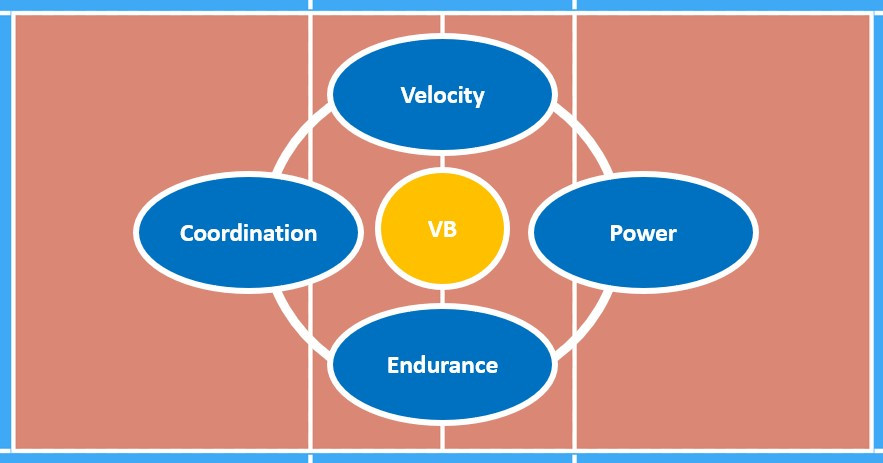
Variations of Tactical Plan
Over the years, volleyball has witnessed significant transformations in physical conditions and tactical plans (including offensive and defensive strategies). The emphasis on technical-tactical preparedness has grown, particularly regarding competitive activities such as the efficiency of attacking actions, reception efficacy, and effectiveness of technical-tactic plans in attacking and blocking.
The modern volleyball training program seeks to enhance physical conditions and improve the tactical execution in attacks for elite volleyball players across different playing positions. This improvement is based on a pedagogical analysis and interpretation of athletes' abilities and competitive standards.
Volleyball tactical plans rely heavily on six rotations and assigned roles for each play position. Coaches need to study each rotation in offensive and defensive complexes, creating varied tactical plans based on their team's abilities and their opponent's weaknesses and strengths.
In recent times, top-tier teams in the volleyball world, such as Brazil, USA, Russia, Poland, and Italy, have demonstrated diverse tactical plans when facing each other. Given the high quality of athletes and the efficiency of techniques, these factors significantly influence team performance. The development of these tactics may require problem-solving skills and often depends on the athletes' understanding of their coach's primary objectives.





